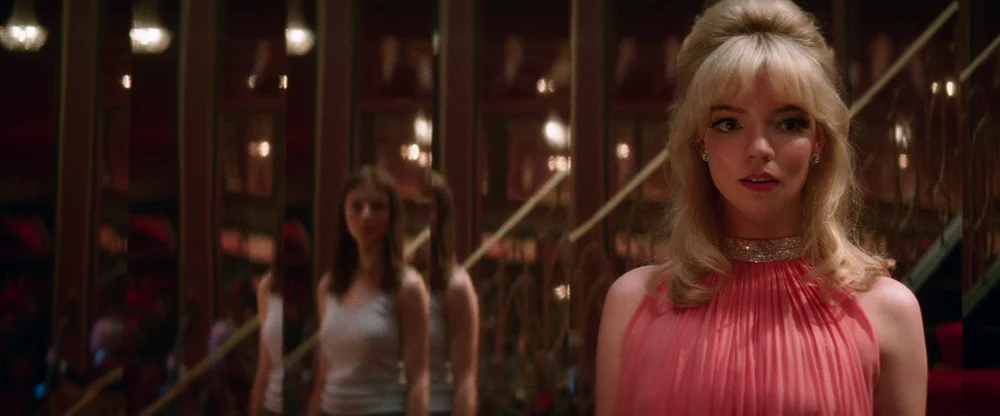
Image courtesy of Focus Features
LAST NIGHT IN SOHO— 3 STARS
Classier people call it “mise-en-scène,” but let’s call it what it really is: a skill set. Distinctive directors have styles and tendencies they love and we love in return. That’s everything from Wes Anderson’s dynamic symmetry to Michael Bay’s explosive American flag ejaculations. Too often, though, some directors never leave certain genre comfort zones in plying their craft. Years ago, Wes Craven made Music of the Heart and Chloe Zhao just finished a comic book movie, but no one better hold their breath for a Christopher Nolan rom-com anytime soon.
Therefore, it counts as rare and very exciting to see a director apply their skill set to a place it’s never been. That’s Edgar Wright bringing his hyperactive sense of movement, music, and editing to the horror genre with Last Night in Soho. There are times the full force of his madcap flair completely fuels the thrills to be had, and others where his bluster smears the growing mess all over the place.
Last Night in Soho takes an ambitious country girl with big city dreams and catapults her into a suspenseful mental plunge. Eloise “Ellie” Turner (Jojo Rabbit’s Thomasin MacKenzie) was raised by her grandmother (Rita Tushingham of A Taste of Honey) and an idolized collection of British Invasion vinyl after the untimely suicide of her mother. She arrives in South London for fashion design school and discovers her naivety and unfitting awkwardness around the hip urbanites like her classmates Jocasta and John (newcomers Synnøve Karlsen and Michael Ajao, respectively).
LESSON #1: “LONDON CAN BE A LOT”-- No less than two characters, a trusted presence in the beginning and benevolent stranger in the end, offer this line of empathy to our frazzled Eloise. The impersonal enormity of cities can easily overwhelm. Factor in this young woman’s feelings of not belonging, family history of mental illness, and proclivity to see visions of dead people, and you’ve got a setting that’s going to crack a good person to a breaking point or two. Go ahead and blame Swinging London for the haymakers than destroy the faint of heart.
Ellie flees the clique-y dorm life after one night and answers an advertisement for a women-only room-for-rent nearby. She’s presented with the top floor unit in a building run by the homely and strict Ms. Collins (the late Diana Rigg in her final role). Her digs are above a French restaurant that blinks its alternating red and blue neon to fill the space with a cycle of luscious glow. The freedom and the accommodations are all well and good until the young woman falls asleep.
LESSON #2: NIGHTMARES TIED TO A PARTICULAR PLACE-- Each night, Ellie finds herself pulled into a dreamscape that features an aspiring singer named Sandy (Anya Taylor-Joy of The Queen’s Gambit) that once lived in the very same room over 50 years ago. The blonde bombshell is trying to woo her way to the main stages of the nightspots that used to occupy the same Soho area Ellie resides in now. Many believe the locations in which a dream takes place can often be the symbol of the dreamer’s state of life and being. Multiply that examination by two between Sandy and Eloise sharing the same bed, streets, and local haunts across time.
Glittering under the lights with her kitschy frock with all the confidence Ellie lacks, Sandy’s allure begins to inspire Ellie’s curiosity and passion during the daylight hours. Within every evening episode, Ellie sees Sandy latching onto the thirsty and connected Jack (Doctor Who favorite Matt Smith) as her springboard only to descend into pimped servitude. A startle here and scare there escalate amusingly to terrifying levels for our two main leads.
Often twisted through mirrors to appear as if they are trading places and perils, the two ingenue actresses are each bewitching through their opposing personalities. Anya Taylor-Joy can merely blink and drop any jaw in the room. Have her sing and that effect only increases. Likewise, Thomasin MacKenzie’s transformation from a frumpy caterpillar to a minor moth of beauty grabs our attention. When their struggles interlock through the enveloping sleaze, violent threats, and mental destruction simmering around them, we’re locked on their shared fate thanks to their combined commitment.
It’s in these sequences within this nocturnal pocket universe that Edgar Wright really shows off the reach of his cinematic finesse. His dexterity to move and groove comes through the twirling camera work of The Handmaiden cinematographer Chung Chung-hoon. The South Korean’s lighting and gaze gives spotlight attention to the stunning costume design creations of Brooklyn’s Odile Dicks-Mireaux and the impeccable hair and makeup from Elizabeth Yianni-Georgiou of Guardians of the Galaxy.
Looks were never going to be Edgar Wright’s problem and neither was sound. The filmmaker and his go-to music supervisor Kirsten Lane (Baby Driver) took a sizeable playlist of inspiration and cherry-picked a phenomenal final soundtrack. Its contagious vigor backs every dance and chase. When the old records are off the needle, an ominous score from Gravity composer Steven Price fills in the auditory cracks.
Where Wright’s artistic fervor misses is with crafting this chiller to deceive and show purpose as stylishly as it looks and sounds. Co-written by 1917’s Krysty Wilson-Cairns, Last Night in Soho does not quite build exploratory bridges of equal strength between its highlighted past and downshifted present. The somewhat selective narrative questionably cannot decide if it’s celebrating the ghastly decadence or condemning it. The wonderful talents of Terence Stamp and Diana Rigg are granted plum senior parts to be secretive figures, but their roles feel telegraphed to be easily predictable swerves. Comeuppances and ending threads arrive egregiously too easily and too weakly.
All of the nimbleness from swimming in time-bending nightmares gets washed away by a present with little mystery to match. It’s odd to call an Edgar Wright film somewhat slow in pacing, yet here we are feeling drag when the pizazz is either turned off or soured by the ickiness. A level of extra oomph and shock is missing for the viewer. What was sensationally painted to linger doesn’t get the fullest chance to stain and sear more than just pretty clothes.
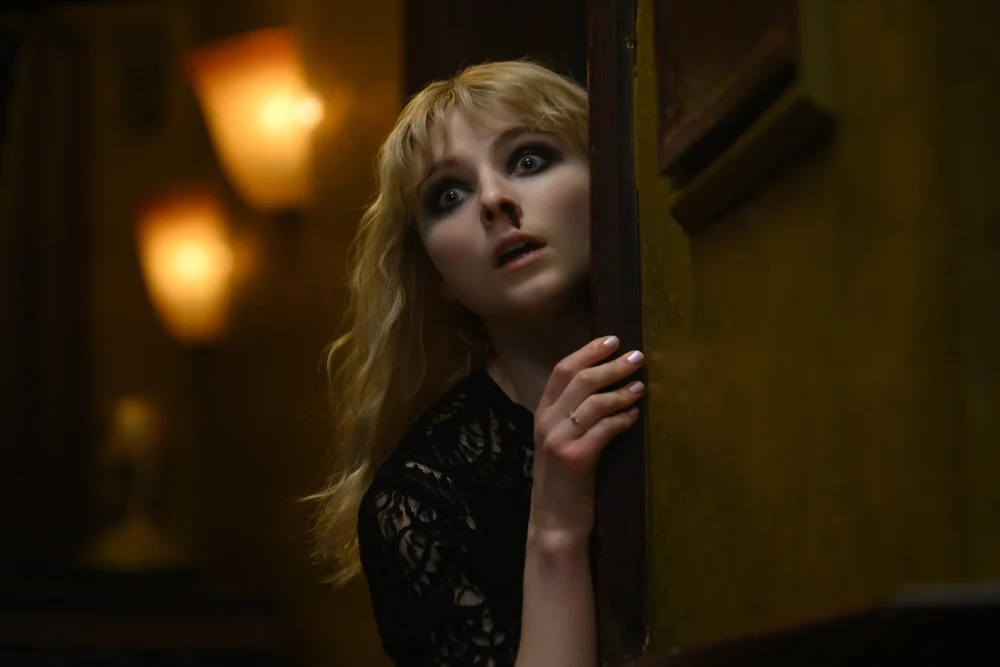
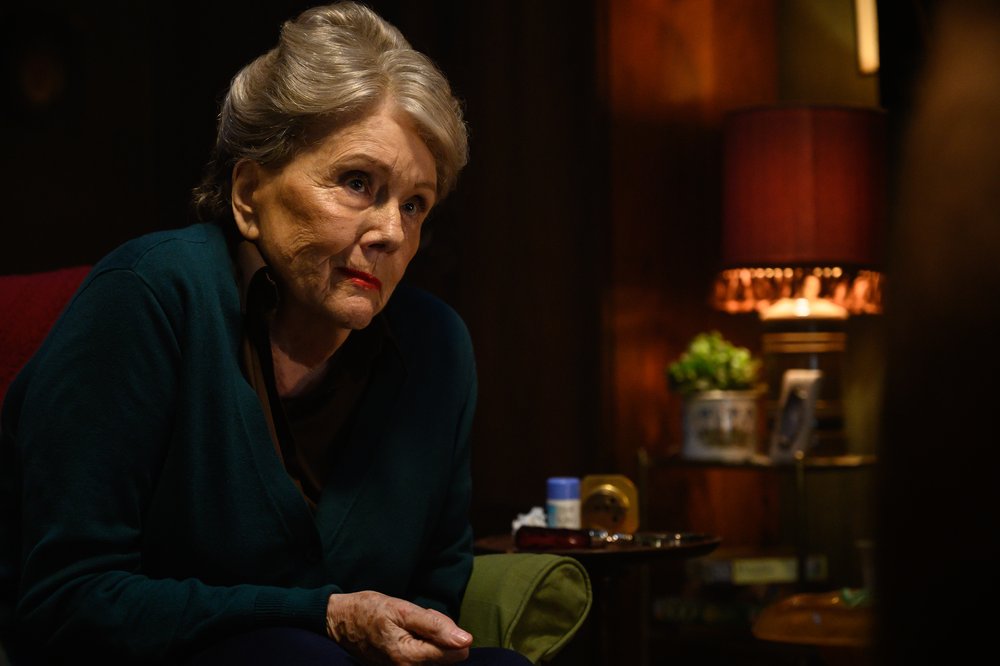

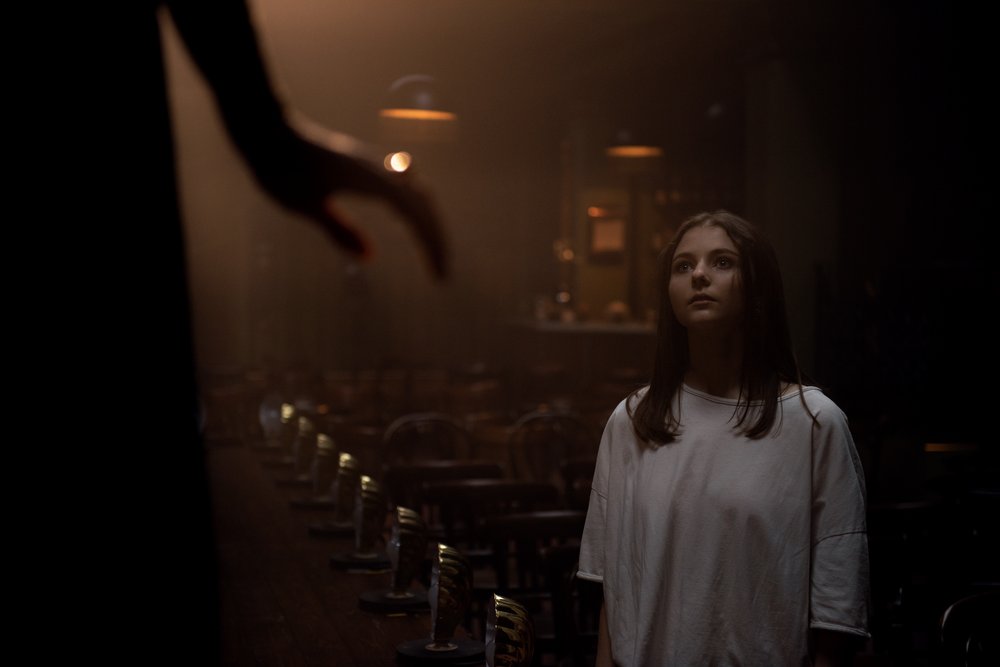
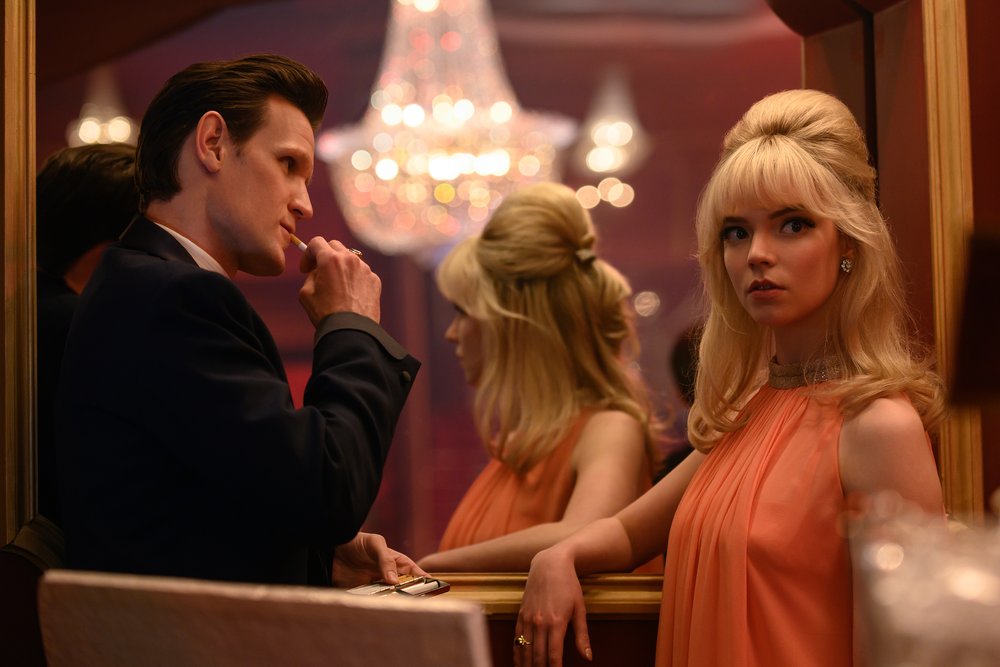
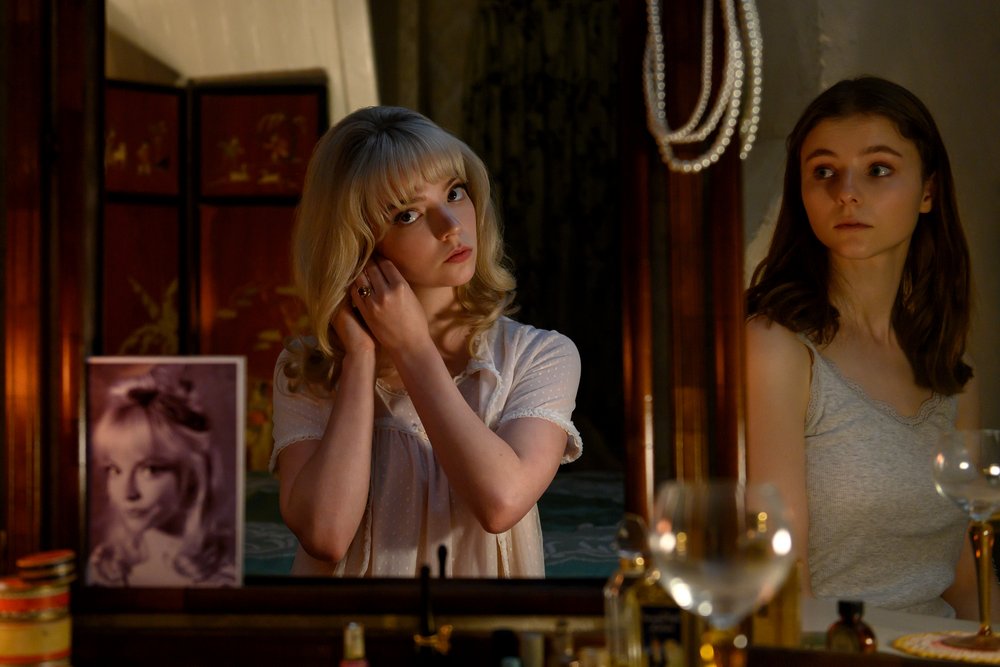

LOGO DESIGNED BY MEENTS ILLUSTRATED (#907)
from Review Blog - Every Movie Has a Lesson https://ift.tt/3vRRoA2







No comments:
Post a Comment